Process is, I think, related to the concept of Flow proposed by Mihály Csíkszentmihályi. I first came across it as part of my day job, but have since read about flow in relation to craftspeople and artists - who achieve a sense of total absorption once they are skilled in their craft and engaged in tasks which are still individually challenging. This latter stage, the challenge, has I think been lacking in my formal unpicked and re-sewn works. After the trial of the first couple such works, in which I did not know what the outcome would look like, the act has become routine. It may explain why it has taken me so long to finish the small patch of linen woven into cotton that I was working on when I started writing this blog in August. It’s done now, but I am unsatisfied with it and have started to paint on it (see below) as I would any other piece of canvas, making the effort of unpicking and re-sewing potentially futile.
Nonetheless a part of me is still concerned that I am overly reliant on a method for creation, albeit an expanded one. I am concerned that I add paint to a drawing, or collage a painting, because that is what I have decided my formula is for making art. And in doing so that I am not responding to the individual tensions in a work so that it develops in its own individual way. So, what I have decided to do for the rest of this blog post is to show – to you, but mostly myself - how individual works have developed since my post September's drawings. Through this I hope to see how what I have done has developed the work and whether it is resulted in more complete images. I think I need a few days to properly reflect, and will add a post script with my response to these images in a few days time, but I can see that in each work has developed and evolved, even those with which I have struggled to reach a satisfactory end point.
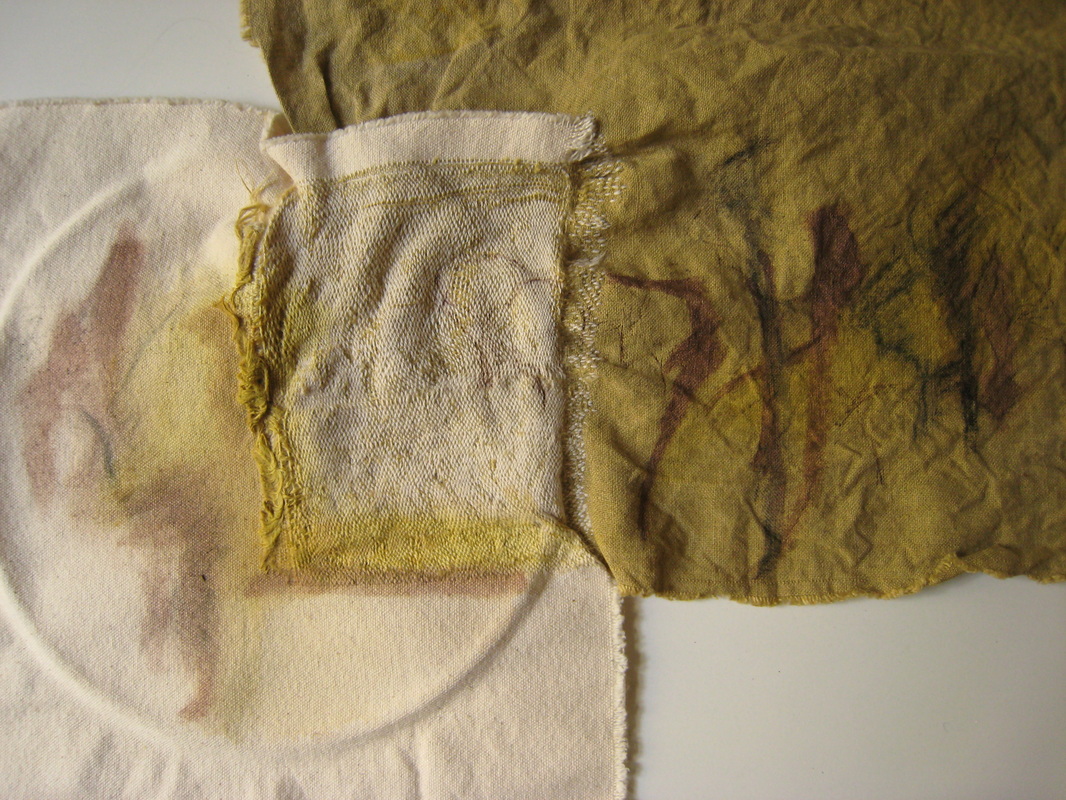
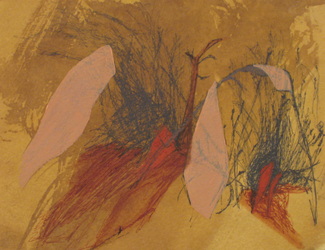
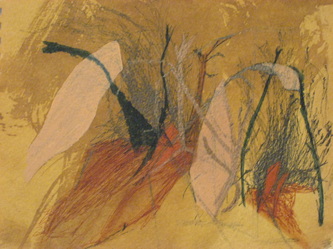
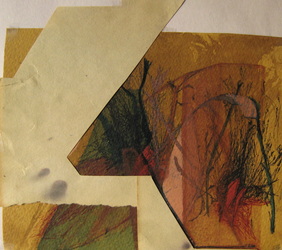
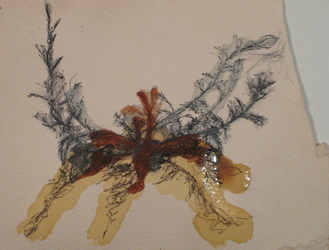
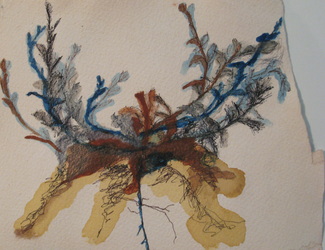
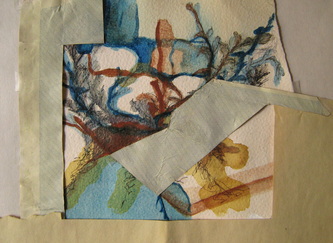
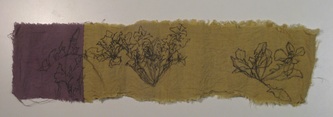

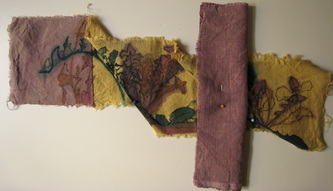
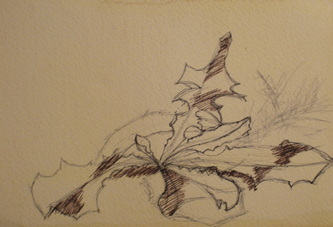
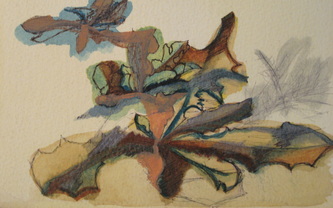
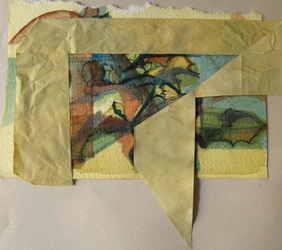
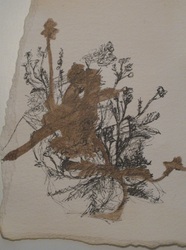
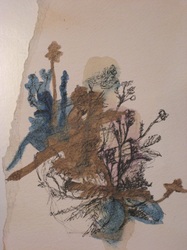
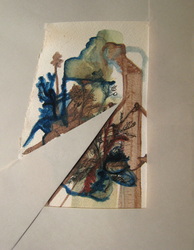
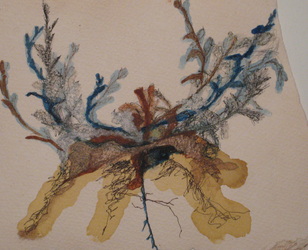
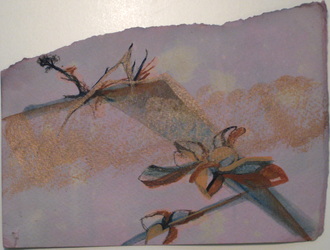
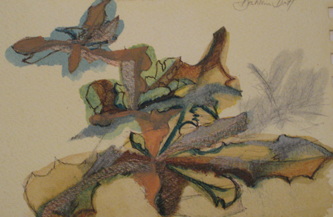
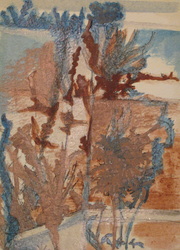
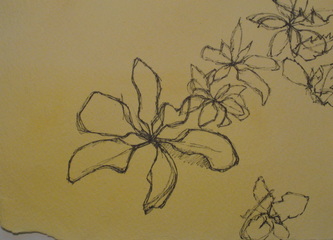
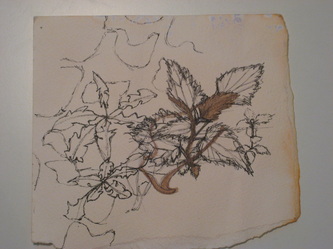
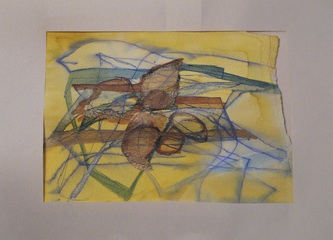
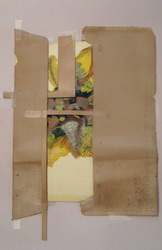
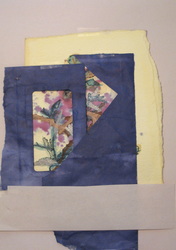
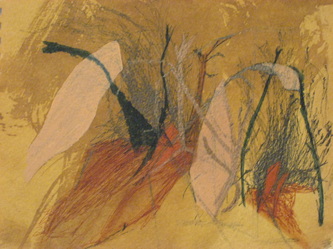
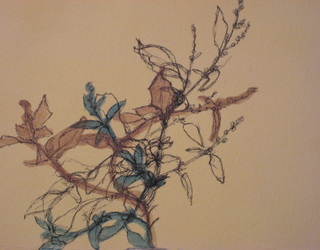
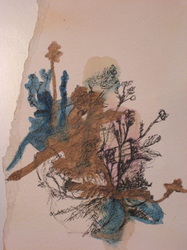
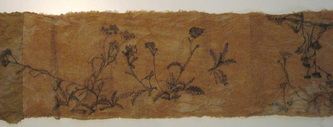

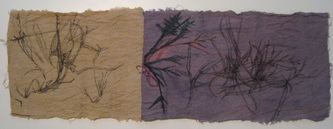
 RSS Feed
RSS Feed
